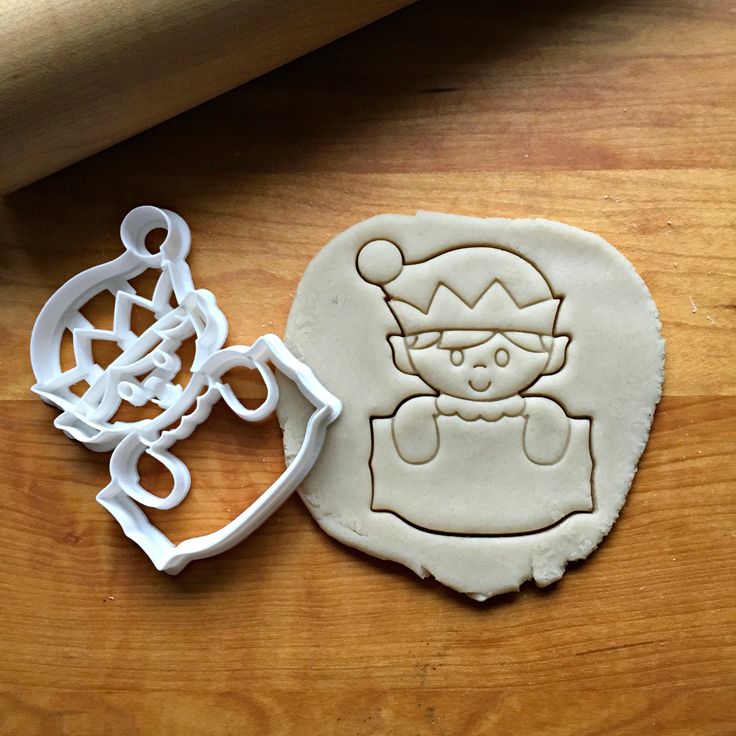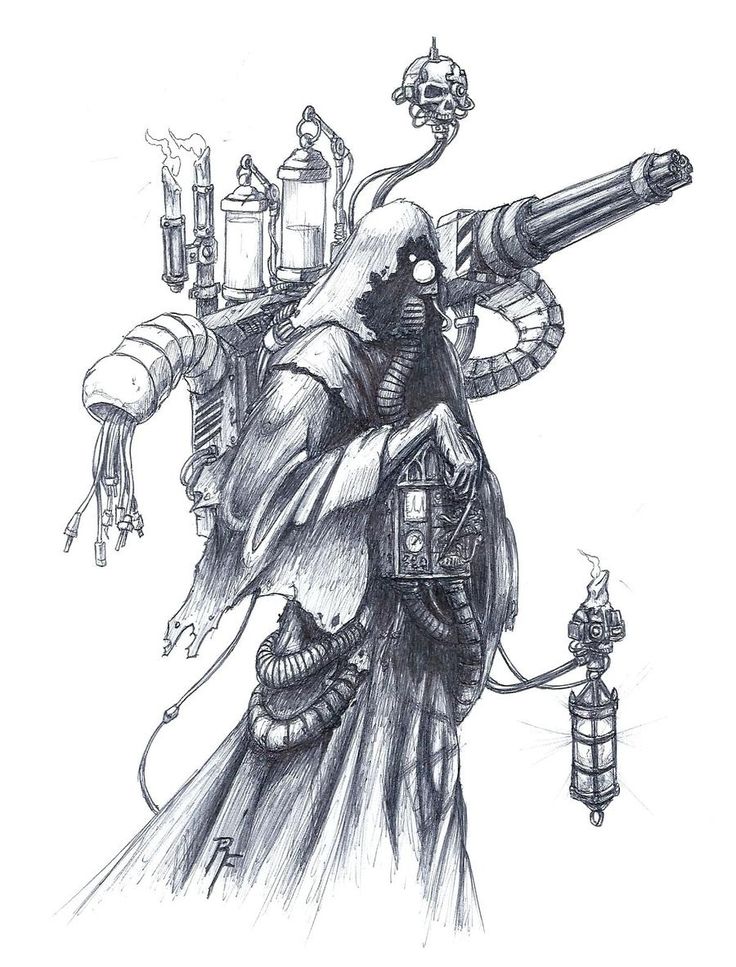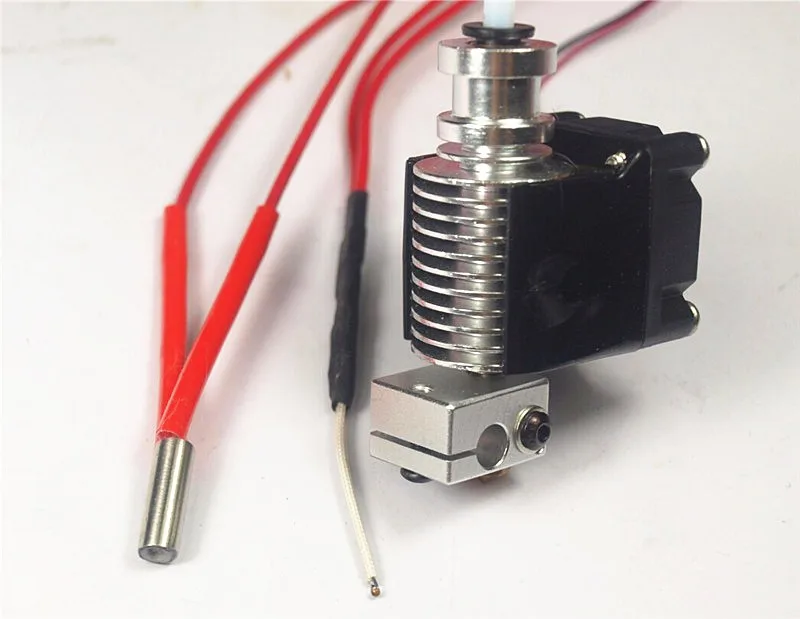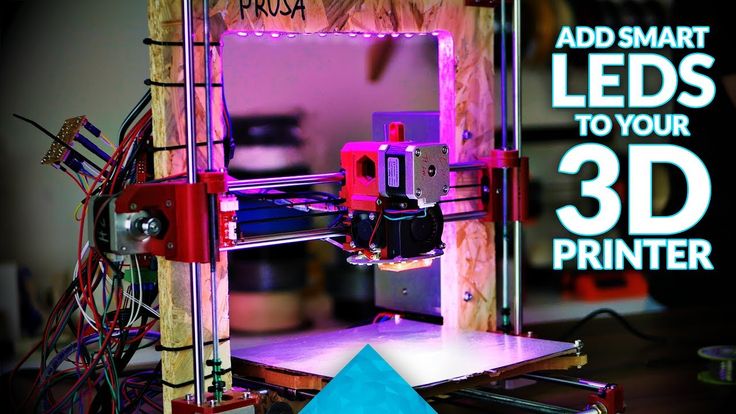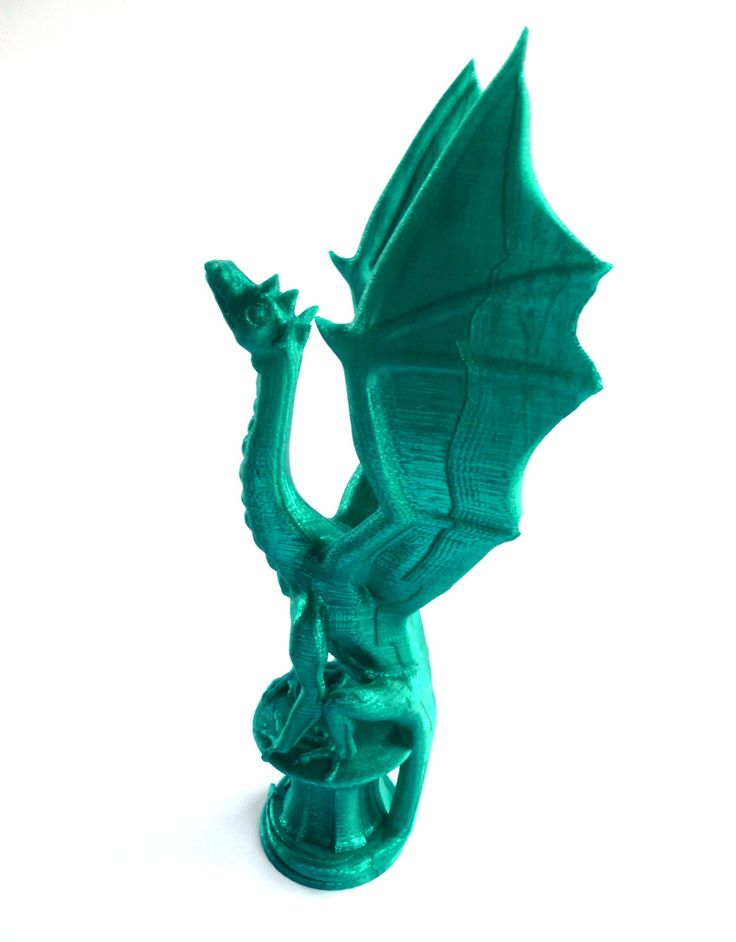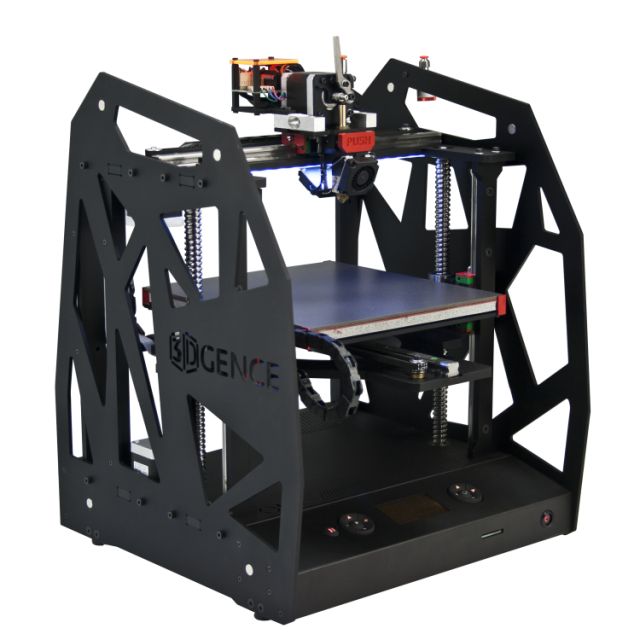3D printing car tail lights
3D Printed Head and Tail Lights Paving the Way to Road Safety
An important aspect of road safety is to ensure that vehicles are seen by other motorists in dark, foggy scenarios. This is where the necessity of front and rear lights comes into play. In order to ensure road safety for vehicles, the headlights have to be regularly checked and correctly aimed by professionals. These need to have a transparent surface and be visible from a distance. Of course, vehicle headlights are of vital importance when it comes to car manufacturing. For the manufacture of Ford Trucks, 3E Rapid Prototyping took up the challenge of 3D printing some components that were just right. The special front and rear lights that were printed out were found to be safer as they had better visibility when tested out.
3ERP has been providing a wide range of additive manufacturing, 3D printing, and rapid prototyping service solutions to various industries. In addition to their specialization in vacuum casting, CNC machining, sheet metal prototype formation, model finishing, and injection molding, 3ERP also has valuable experience in the lighting manufacturing for the auto sector. They have made some state of the art lighting prototypes for some industry leaders of the automotive manufacturers and designers. When the Ford Truck project came in, they were excited to see what possibilities and innovations they could develop.
The Ford Truck Project
The components that were constructed were the external lighting i.e., head and tail lights of cars and trucks. Like most light guides, these too had to be transparent and clearly visible to on the road motorists from a distance. Also, the material had to be suitable for 3D printing. Therefore, the material of choice for the transparent light guide was PMMA- used in the tail lamp of the car. There were aluminum parts that acted as reflectors for the tail lamp of the vehicles. PMMA softens at about 73 degrees Celsius and tends to burn without leaving any residue at temperatures higher than 700 degrees Celsius.
The main challenge, however, was printing out the yellow parts out of the ABS plastic, which have various structural components essential for the assembly of a tail lamp of a truck.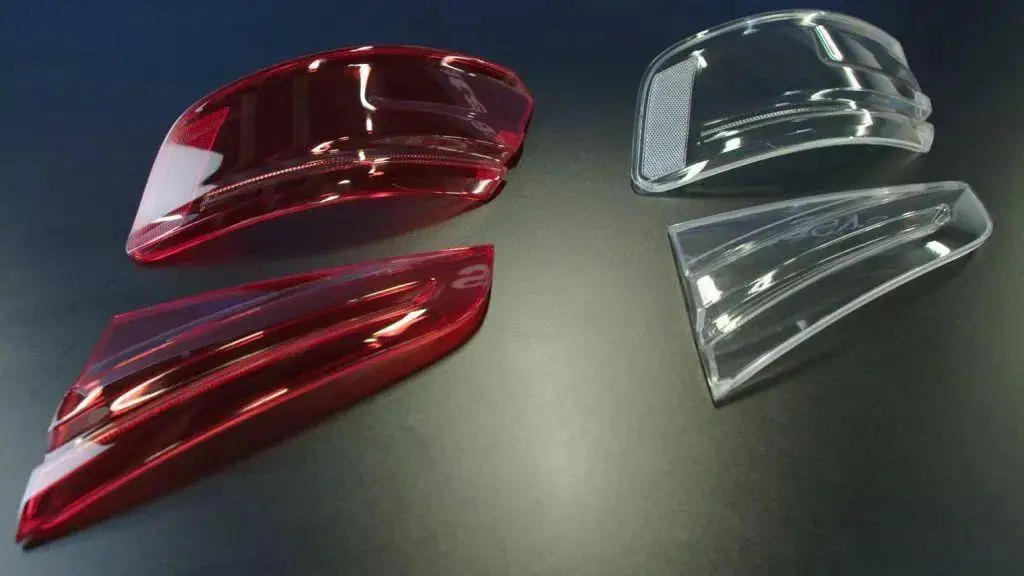 The yellow ABS component was something the team found a little out of the box and innovative, yet they decided to take on the challenge of working with ABS. For the most part, the greatest obstacle in working with ABS in 3D printing is its tendency to curl upwards where it is in direct contact with the printer’s print bed. When it comes to eliminating this issue, precision in heating the print surface and ensuring a flat, smooth, and clean finish can help a lot. For this, a mixture of ABS and Acetone is popularly used in order to prep the print surface beforehand.
The yellow ABS component was something the team found a little out of the box and innovative, yet they decided to take on the challenge of working with ABS. For the most part, the greatest obstacle in working with ABS in 3D printing is its tendency to curl upwards where it is in direct contact with the printer’s print bed. When it comes to eliminating this issue, precision in heating the print surface and ensuring a flat, smooth, and clean finish can help a lot. For this, a mixture of ABS and Acetone is popularly used in order to prep the print surface beforehand.
In contact with moisture, however, ABS runs the risk of bubbling or spurting from the printer nozzle tip, which can potentially reduce the part accuracy, visual quality, strength, and can even introduce the risk of clogging or stripping in the printer nozzle. Due to these reasons, ABS or Acrylonitrile Butadiene Styrene can be very tricky to work with.
As a polymer material, it can take up many forms and can be altered to have many interesting properties.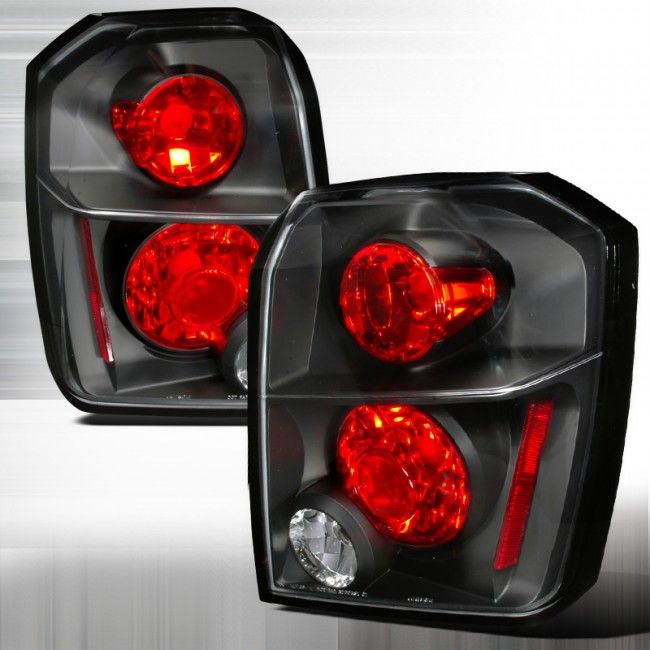 The strong plastic has mild flexibility compared to its other popular counterpart, PLA. Before adding the yellow color for the lights, natural ABS had a milky beige color. Due to the flexibility of ABS, it is easy to create interlocking or pin connected pieces, the material being easily machined and sanded. Some of its other great advantages lie in its flexibility, high resistance to temperature, machinability, etc., which make it a preferred choice for engineers. Also, compared to other plastics, ABS is easier to recycle, providing for more eco friendly vehicle headlights!
The strong plastic has mild flexibility compared to its other popular counterpart, PLA. Before adding the yellow color for the lights, natural ABS had a milky beige color. Due to the flexibility of ABS, it is easy to create interlocking or pin connected pieces, the material being easily machined and sanded. Some of its other great advantages lie in its flexibility, high resistance to temperature, machinability, etc., which make it a preferred choice for engineers. Also, compared to other plastics, ABS is easier to recycle, providing for more eco friendly vehicle headlights!
In order to build the lights, the parts were first of all split up in specialized CAD software. After rigorous machining on a number of 3 axis machines, the parts were ready to be assembled. They were then glued together with precision and skill. Due to this method of 3D printing, loss of materials can be prevented effectively. Compared to a normal assembly line production, a lot of materials can be saved, resulting in accurate part designs and good surface finishes.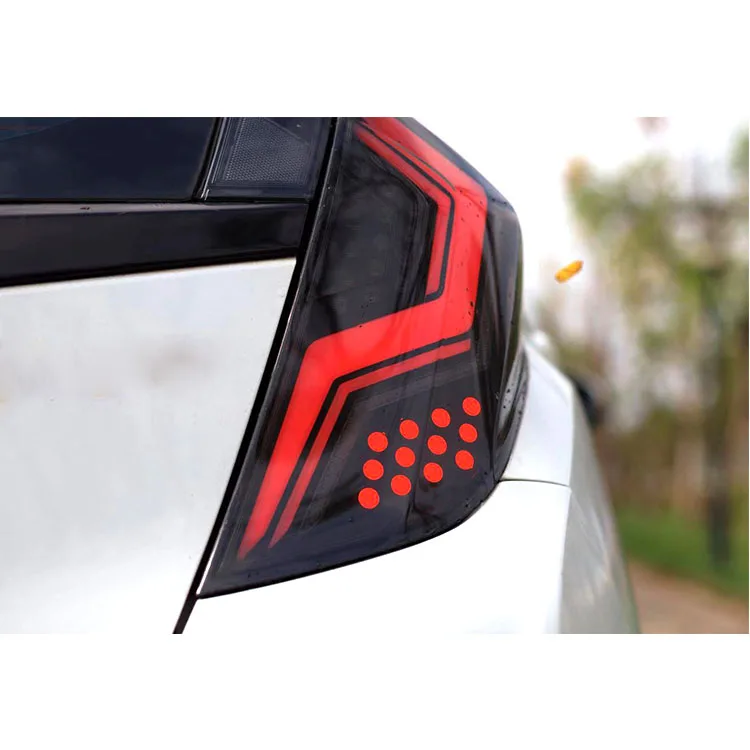 Also, instead of using 4 or 5 axis machines, the majority of parts were easily made with 3 axis machines. This eliminates the need of many complex processes.
Also, instead of using 4 or 5 axis machines, the majority of parts were easily made with 3 axis machines. This eliminates the need of many complex processes.
The Automotive Industry
This is just one of the examples where 3D printing or additive manufacturing is bringing in a revolution in the automotive industry. This technology can significantly save time and money for the restoration and customization of vehicles. This is the reason why large auto manufacturing corporations have started to incorporate 3D printing into their production lines. The vehicle head and tail lights manufactured in this process took a shorter time and were an exact fit onto the Ford Trucks. Getting custom made die for a single part can prove very costly, which can be lowered by the cheaper and faster produced parts using FDM technology.
The end result was a higher performing and safer light for Ford Trucks. So the next time you are driving home on a dark or foggy night and you see a bright light shining from a truck, it just be this special light manufactured by 3E Rapid Prototyping.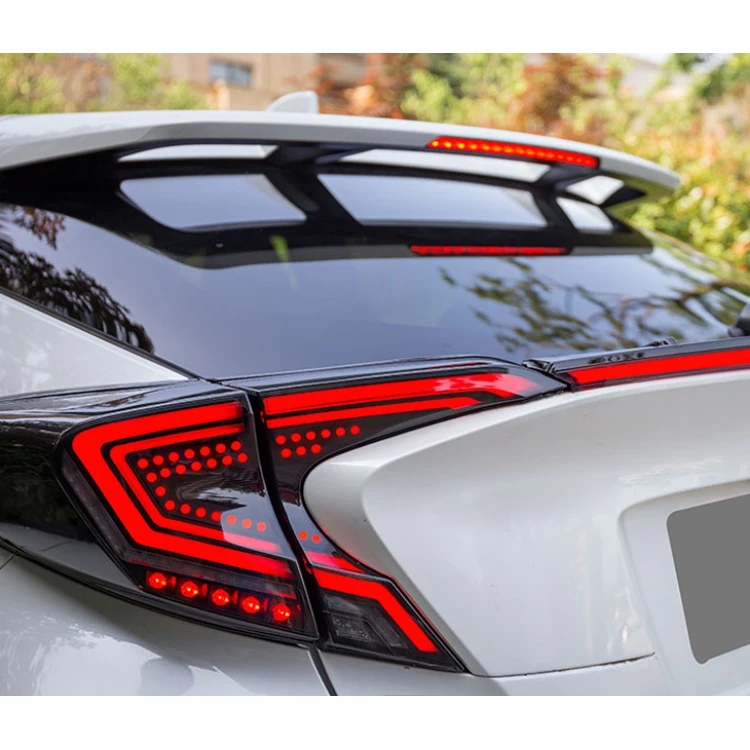 Drive safe and keep your eyes on the road and off your phone.
Drive safe and keep your eyes on the road and off your phone.
Bugatti Divo unveiled with form-following 3D printed fin tail lights
0Shares
French luxury car manufacturer Bugatti has unveiled its latest supercar featuring 3D printed parts at The Quail, A Motorsports Gathering.
With a price tag of €5 million, the Bugatti Divo, which displays 3D printed fin tail light, is designed for optimum handling performance on winding roads.
“The Divo is a further example of our design philosophy ‘Form follows Performance‘. In this case, the engineers and designers aimed to create a vehicle focusing on cornering speeds and lateral dynamics,” said Achim Anscheidt, Director of Design at Bugatti.
A rear view of the Bugatti Divo which features 3D printed fin tail lights. Photo via Bugatti.Bugatti’s aerodynamic 3D printed fin lights
Named after Albert Divo, a French Grand Prix racing driver, this supercar demonstrates the capabilities of additive manufacturing for automotive lightweighting and progressive design.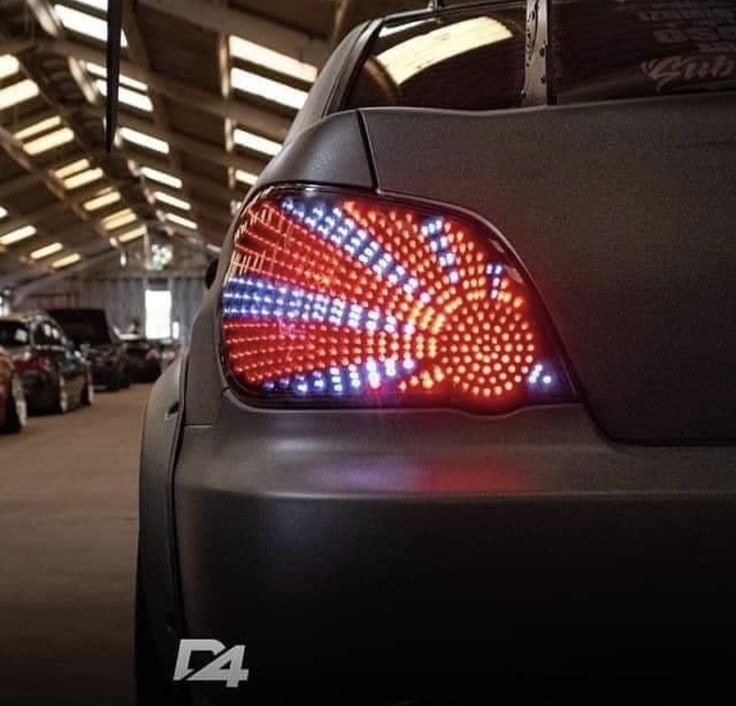 Located on the rear grille of the vehicle are a cluster of 3D printed fins, 44 of which are illuminated by the brake lights.
Located on the rear grille of the vehicle are a cluster of 3D printed fins, 44 of which are illuminated by the brake lights.
At the outer edge of the rear grille, the fins become wider, which creates more intensive light, however, towards the center of the vehicle, the fins are slimmer to gradually fade the light. This design is used to give the Divo a distinctive appearance from the back. Furthermore, the lights display a gradient of two-tones to emphasize the aerodynamic theme of the vehicle.
A close-up of the 3D printed fin tail lights on the rear grill of the Bugatti Divo. Photo via Bugatti.Outperforming the Bugatti Chiron
The Bugatti Divo is 35 kg (77 lbs) lighter than the Bugatti Chiron, which featured the first metal 3D printed brake caliper created using an SLM 500 machine. Introduced earlier this year, the Chiron supercar’s brake caliper is made from titanium, rather than aluminum, as an end-use in-car testing component.
Despite the Chiron’s superior speed, the Divo also has 90 kg (198 lbs) more downforce than the Chiron.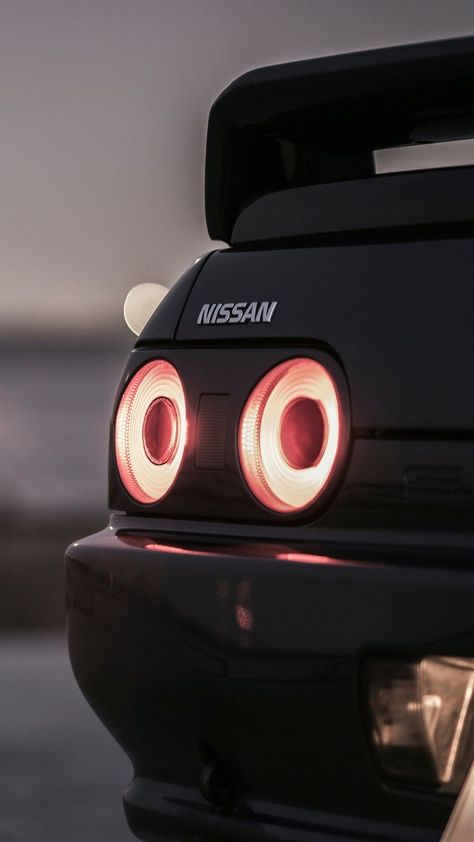 This force, produced by a combination of air resistance and gravity, acts on the moving Divo by pressing it down towards the ground which increases its stability.
This force, produced by a combination of air resistance and gravity, acts on the moving Divo by pressing it down towards the ground which increases its stability.
“When I took up my position at Bugatti at the beginning of the year, I soon learnt that our customers and fans were waiting for a special vehicle which would tell a further story for the brand in addition to the Chiron,” said Stephan Winkelmann, President of Bugatti.
“To date, a modern Bugatti has represented a perfect balance between high performance, straight-line dynamics and luxurious comfort. Within our possibilities, we have shifted the balance in the case of the Divo [which] is a further project intended to thrill people and the world.”
Following its debut to a small group of selected Chiron customers, the limited 40-car production run of the Bugatti Divo was sold immediately in just a few hours.
Keep up with the latest news in 3D printing by subscribing to the 3D Printing Industry newsletter, Also, follow us on Twitter, and like us on Facebook.
Are you searching for new talent or seeking a career change? Search and post 3D Printing Jobs for opportunities and new talent across engineering, marketing, sales and more.
Featured image shows the Bugatti Divo. Photo via Bugatti.
Tags Achim Anscheidt Bugatti Bugatti Chiron Bugatti Divo Stephan Winkelmann
Tia Vialva
Tia holds a BA in journalism, and has a background in writing news and features and is a senior journalist at 3D printing industry.
3D printing for tuning auto optics
NiX1800
Loading
07/25/2016
7920
3D printing
Good day! All the same, there was no time to write a post about how 3D printing can be used for tuning auto optics. And so it happened, I got an interesting order with significant alterations. The photo shows tired fogs for TOYOTA ESTIMA and what happened to them.
 The task was to install xenon lenses with an H4 base instead of a standard lamp, which is larger than the standard socket, which ultimately led to a significant alteration of the mount and lamp adjustment system. Additionally, LED eyes and new casings were installed. The casings are made of polyurethane filament, in my opinion it is a bit harsh for this, but it does not let moisture through. Glasses were originally planned to be covered with a film after polishing, but in the end they were varnished.
The task was to install xenon lenses with an H4 base instead of a standard lamp, which is larger than the standard socket, which ultimately led to a significant alteration of the mount and lamp adjustment system. Additionally, LED eyes and new casings were installed. The casings are made of polyurethane filament, in my opinion it is a bit harsh for this, but it does not let moisture through. Glasses were originally planned to be covered with a film after polishing, but in the end they were varnished. The front panels as well as the inside of the case were covered with black paint. It would be more correct to make new cases in which all the accompanying fasteners and holes would be provided, this would allow preserving all the functionality without sacrificing aesthetics. Technically it is possible, but it significantly increases the budget. 3D model files: 3dtoday.ru/3d-models/khob...0%D0%B2%D0%BB%D0%B5%D0%BD I also look forward to any suggestions in this direction
Subscribe to the author
Subscribe
Don't want
10
Article comments
More interesting articles
DrProg
Loading
11/08/2022
1254
9
Subscribe to the author
Subscribe
Don't want
0003
Read more
0
Subscribe to the author
Subscribe
Don't want
Ones Technology is a research and development center under the Ministry of Industry of Turkey.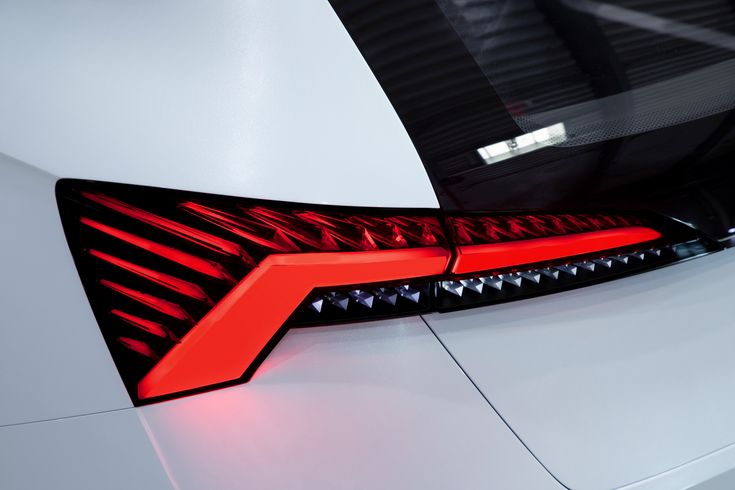 According to G...
According to G...
Read more
Leoluch
Loading
09/07/2015
356816
346
Follow the author
Subscribe
Don't want
Good afternoon, dear visitors of the portal.
Today I decided not to leave in art...
Read more
Ultimaker 3d Printers | Van Amersfoort Racing: 3D printing - when every second counts 3d Printers Ultimaker
Motorsport has always been the home of technological innovation. Engineers in the sport work around the clock, competing with brilliant innovators around the world—experts in automotive, aerospace, data analytics, and more—to build vehicles that are faster, stronger, and more resilient. Van Amersfoort Racing is no exception.
The Dutch team competes in Formula 3 and Formula 4, winning many races and championships. It also helped top talent such as Charles Leclerc and Max Verstappen prepare for Formula 1. But this success has only set Van Amersfoort Racing in search of new ways to stay ahead of the competition. That's why the team started using 3D printing.
It also helped top talent such as Charles Leclerc and Max Verstappen prepare for Formula 1. But this success has only set Van Amersfoort Racing in search of new ways to stay ahead of the competition. That's why the team started using 3D printing.
At the start
Last year, in preparation for the F3 Formula Regional, Van Amersfoort Racing took the step of using a chassis supplied by renowned Italian manufacturer Tatuus, who are known for their stability and increased power. Everything seemed to be fine - except for the roughness of the road.
“We received the cars just two weeks before the races” , said Remco Advocaat, technical director of the Van Amersfoort Racing Formula 3 team, “The car arrived at the workshop and we had no tools - nothing. And we had to prepare for the first race in just two weeks.”
Formula cars must be perfectly tuned before they are ready to race. It's an exact science where tenths of a second can make the difference between a winner's podium and a loser's.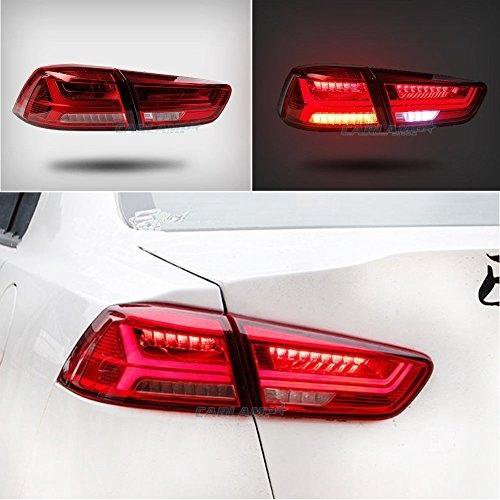 In the two weeks leading up to race day, Van Amersfoort Racing found themselves in a tough spot.
In the two weeks leading up to race day, Van Amersfoort Racing found themselves in a tough spot.
Van Amersfoort Racing Team Garage “This is where we first applied additive manufacturing, which in turn helped us a lot with ,” says
Remco. - We were able to make tools in just two days - something we've never been able to do before!
By developing custom tools with Ultimaker 3D printers, the team was able to spend every possible moment customizing their vehicles. For example, to align the taillights of a Formula 3 car, a rear body alignment tool was created. This allowed the mechanics to fine-tune the car's wheels to make sure they were perfectly aligned on the track.
Wire to wire
The rear alignment tool used carbon rods from which the elongated wire serves as a guide to the center point of the vehicle. Then it was extremely important that these rods were precisely located. Since standard materials such as PLA are not strong and rigid enough, the team began experimenting with materials made from Clariant's carbon fiber.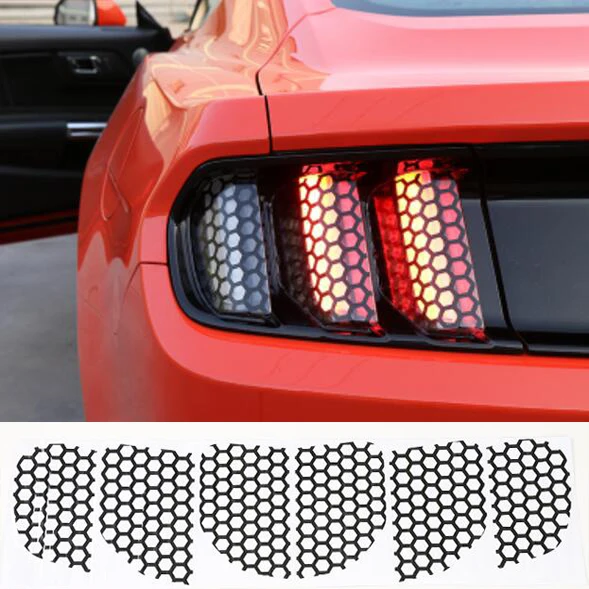
“We printed a lot on traditional materials, but with Clariant carbon fiber, the possibilities are endless , Remco said. — Now we can find solutions that can withstand the extreme environments in which we operate” .
Clariant PA6/66 20CF is a nylon material that contains 20% carbon fiber, offering ideal properties for the job. Because the Ultimaker S5 uses the Open Mode system, it had no problem printing with this material, even with Print Core Ultimaker CC 0.6.
Van Amersfoort Racing uses Clariant carbon fiber reinforced 3D printing material
Clariant also provided the team with custom PET-G filament. It was used for the "inner pads" of the back leveling tool, preventing scratches on the paint when it was installed. The PET-G is the exact same fluorescent orange as the decals on the Van Amersfoort Racing Formula 3 car, making tools like custom blowers with side hangers look sleek and professional in keeping with the team's aesthetic.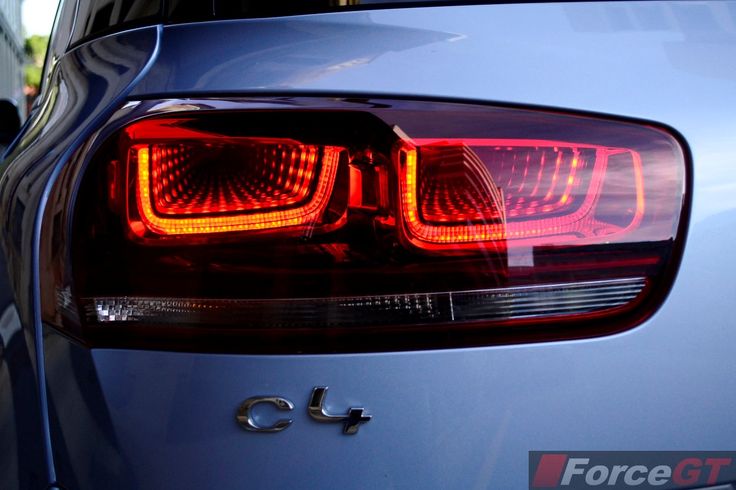
From spectators to champions
While the team's engineers were creating advanced tools using the Ultimaker S5 3D printer, other members of the Van Amersfoort Racing team started exploring other
3D printing possibilities.
“The philosophy of 3D printing has grown within the company,” Remco said. “And now, mechanics most often require a specific 3D printing tool.”
3D printing has allowed the team to approach problems and create solutions for them in ways that were previously difficult to achieve. For example, mechanics working on the front brakes of cars have created a simple tool holder that they mount on a car's suspension. Now, when performing maintenance, every tool or part needed to assemble a car is always in sight and at hand.
3D printed tool holders provide mechanics with easy access to tools
This technology has also been applied to Van Amersfoort Racing's realistic racing simulators. These simulators provide drivers with an opportunity to familiarize themselves with tracks and vehicles, as well as time to get used to the halo, a driver safety system that consists of a curved rod that surrounds the car's cabin and protects the driver's head.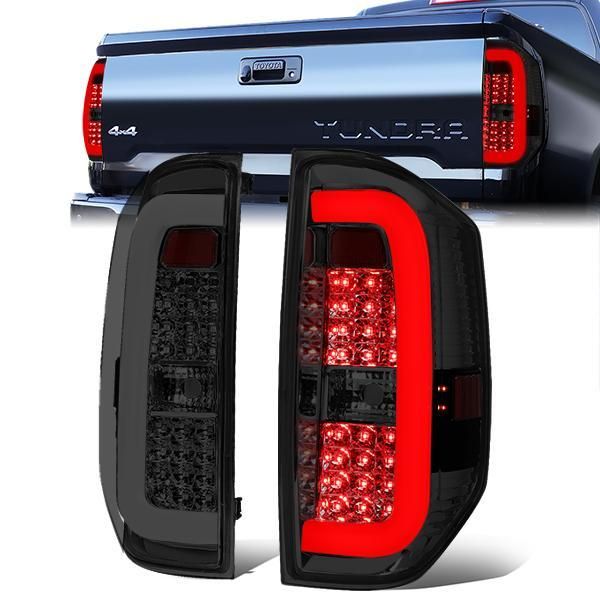 Although the halo significantly reduces the chance of injury to drivers, it also affects their views of the road.
Although the halo significantly reduces the chance of injury to drivers, it also affects their views of the road.
The actual halo costs about 4,000 euros and is difficult to reproduce using traditional production. Using a 3D printer, Van Amersfoort Racing created one of four relatively simple 3D models, then glued them together and wrapped them in carbon fiber sheets. The result is a strong enough halo for simulators that are now capable of showing drivers realistic views of the track.
The Road Ahead
Van Amersfoort Racing engineers have created tools and fixtures using Ultimaker 3D printers to make processes more efficient and life in the garage and quarry easier. The team continues to find new applications daily, using 3D printing and other technologies to push racing innovation to its limits.
“Due to the sheer size of our F3 and F4 fleet, the number of 3D printing applications is huge,” said Remco. “I can only imagine how many opportunities open up for large companies, for example, for car manufacturers, because with the help of 3D printing and Ultimaker 3D printers they can produce almost anything!”.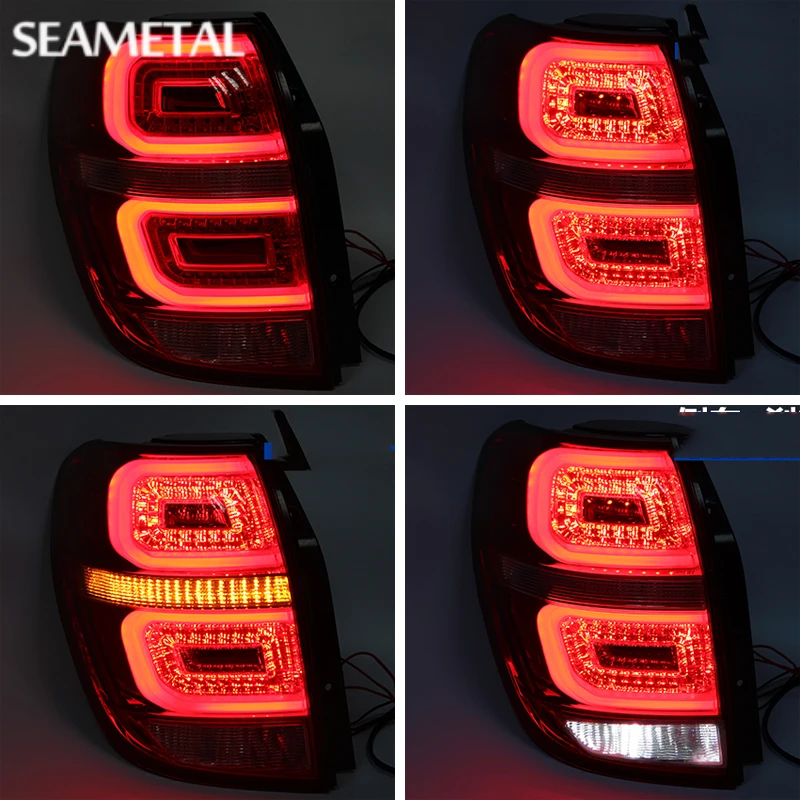
Learn more




